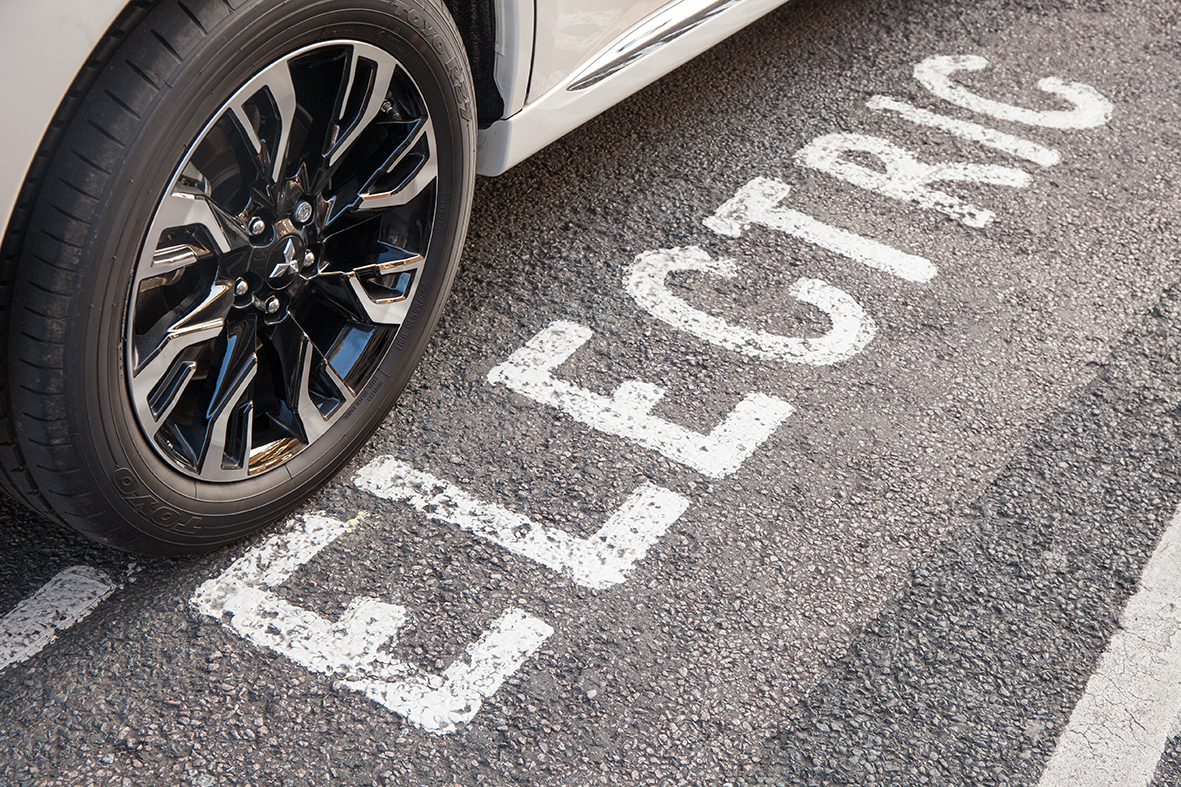Andy Eastlake takes on the PHEV debate

LowCVP's Andy Eastlake debates the merits of battery electric vehicles (BEVs) versus their plug-in hybrid (PHEV) counterparts
Much as we see in the ‘twittersphere’, there’s a debate raging here in the LowCVP office about the merits of battery electric vehicles (BEVs) versus their plug-in hybrid (PHEV) counterparts. The Government’s Plug-in grant scheme now clearly favours the BEV approach and people are working hard to change the perceptions about some of the obstacles to ‘electrification without a backstop’ (charging infrastructure, grid capacity, price etc).
None of these are real barriers according to BEV ‘EVangelists’. The motor industry, however, is rather more nuanced in its approach, placing much greater emphasis on PHEVs as the next step for many motorists. Yes, the headlines from Frankfurt are dominated by endless ‘Tesla killer’ speed and range claims and premium BEV city cars but, behind that, most volume and product ranges are more focused on introducing PHEVs.
The two main challenges for the car industry – battery supply and consumer uptake needed to meet the CO2 targets – mean that current ULEV volumes must double for each of the next two years…and doing that through BEVs alone requires a much more radical policy environment than we have here in the UK (but which is possible, as Norway has shown).
There is no doubt that we want cars and vans with plugs on them, and for the use of those plugs to be maximised particularly in city/urban driving where the emissions benefits are greatest. But (notwithstanding the spike last month) overall sales of ULEVs (BEVs and PHEVs) with plugs this year has actually declined since the PHEV grant was removed amid accusations of charging cables not even being unpacked! (See below for a likely reason why.)
I can personally attest to the performance of a PHEV when (motivated by cost saving) the plug is used well. I’ve been getting an average of 245 mpg over 50,000 miles from my range-extended plug-in vehicle.
And, while not the dramatic 0%, in 6 months the Benefit-in-Kind (BIK) benefits of the latest PHEV will still be very attractive. (A 50g/km, 50 mile ZE range PHEV halving from 16% to 8% - or 6% if bought after April.)
For company car drivers, though, the fuel benefit system currently doesn’t reward using the plug. (You’re taxed on a flat rate irrespective of how much fuel you use.) Perhaps a better way is to not take the company fuel and go for the AFR rates (12 to 21ppmile) which certainly encourages drivers to save by plugging-in at every opportunity. Combine this with workplace chargers (no BIK) and the savings can really add up.
So if a you have the confidence that a BEV and the charging infrastructure will work for you, do get one and reap the maximum benefits. But if you’re still wavering or have any doubts, please try a PHEV and see how easy and cheap electric miles really are. The tax benefits can’t last forever, but for now we should all be taking the next step to electrify as many of our miles as we can.






